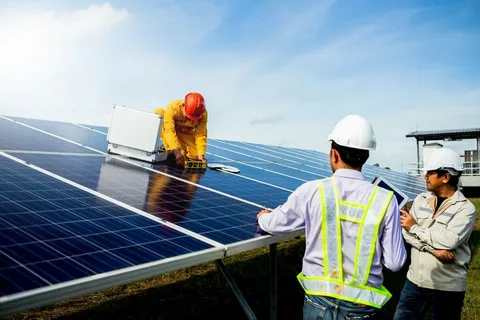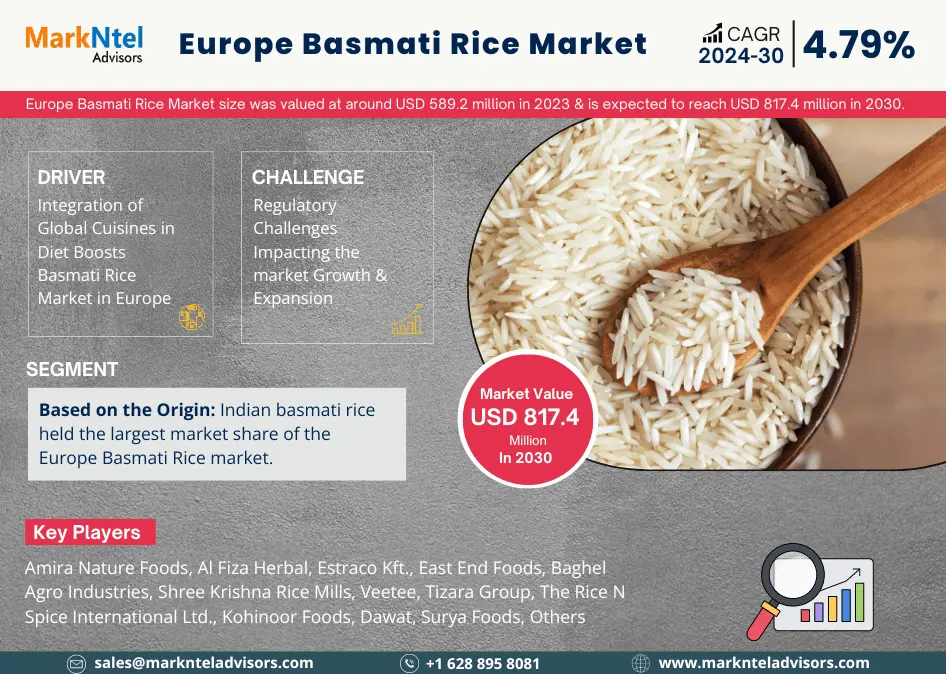The global PVC (Polyvinyl Chloride) Market continues to evolve as a cornerstone of the plastics industry, driven by its versatile applications and robust demand across various sectors. PVC, a synthetic thermoplastic polymer, is widely utilized in construction, automotive, healthcare, and packaging industries due to its cost-effectiveness, durability, and adaptability. According to Kings Research, the market for PVC is witnessing steady growth, with advancements in technology and rising infrastructural developments acting as primary catalysts.
Market Trends The PVC market is experiencing transformative trends that are reshaping the industry landscape. One prominent trend is the growing emphasis on sustainability. Manufacturers are increasingly adopting bio-based PVC and recycling initiatives to address environmental concerns. Additionally, innovations in production technologies, such as the integration of nanotechnology and improved polymerization methods, are enhancing the performance and efficiency of PVC products. Another trend is the surge in demand for lightweight materials in the automotive and construction industries, which is fueling the adoption of PVC as a preferred material. The Global PVC (Polyvinyl Chloride) Market size was valued at USD 67.89 billion in 2023 and is projected to grow from USD 70.63 billion in 2024 to USD 96.32 billion by 2031, growing at a CAGR of 4.53% during the forecast period. Market Demand and Dynamics The demand for PVC is closely tied to the growth of its end-use industries. In the construction sector, PVC is widely used in pipes, windows, flooring, and roofing due to its resistance to chemicals and weathering. The automotive industry leverages PVC for interior trims, insulation, and seals, thanks to its flexibility and ease of fabrication. Moreover, the healthcare sector’s reliance on PVC for medical devices and packaging solutions is contributing significantly to market growth. Dynamic factors, including fluctuating raw material prices, regulatory frameworks, and geopolitical tensions, also influence market trajectories. Future Outlook The future of the PVC market looks promising, with substantial growth anticipated over the next decade. According to Kings Research, the global PVC market is projected to expand at a notable compound annual growth rate (CAGR) from 2024 to 2032. The increasing adoption of renewable energy solutions, such as solar panels and wind turbines, is expected to create new opportunities for PVC applications in energy infrastructure. Furthermore, the burgeoning demand for smart homes and green buildings is likely to amplify the use of PVC in sustainable construction solutions. Key Market Players The PVC market is characterized by the presence of several key players who contribute to its competitive landscape. Prominent companies include:- Shin-Etsu Chemical Co., Ltd.
- Formosa Plastics Corporation
- Westlake Chemical Corporation
- INEOS Group
- Reliance Industries Limited
- Mexichem SAB de CV
- LG Chem
- Occidental Petroleum Corporation These players focus on strategic initiatives such as mergers, acquisitions, partnerships, and investments in research and development to maintain a competitive edge.
- By Product Type: The market is classified into rigid PVC, flexible PVC, and others. Rigid PVC dominates due to its extensive use in pipes and construction materials, while flexible PVC finds applications in electrical wiring and medical products.
- By Application: Key applications include construction, automotive, healthcare, packaging, and others. Among these, construction remains the largest segment, driven by urbanization and infrastructure development.
- By Region: Geographically, the market is divided into North America, Europe, Asia-Pacific, Latin America, and the Middle East & Africa. Asia-Pacific leads the global market, primarily due to rapid industrialization and urbanization in countries such as China and India.
- North America: The region’s growth is driven by advancements in construction technologies and increasing demand for energy-efficient materials. The U.S. remains a significant contributor, with steady investments in residential and commercial infrastructure.
- Europe: The European market emphasizes sustainability, with stringent regulations promoting the use of recyclable and eco-friendly PVC products. Countries like Germany, France, and the U.K. are at the forefront of this movement.
- Asia-Pacific: This region dominates the global market due to rapid industrialization, urbanization, and population growth. China and India are key markets, with robust demand from construction and automotive sectors.
- Latin America: The growing middle-class population and urban expansion are propelling the demand for PVC in countries such as Brazil and Mexico.
- Middle East & Africa: Infrastructure development and rising investments in construction projects are driving market growth in this region.


